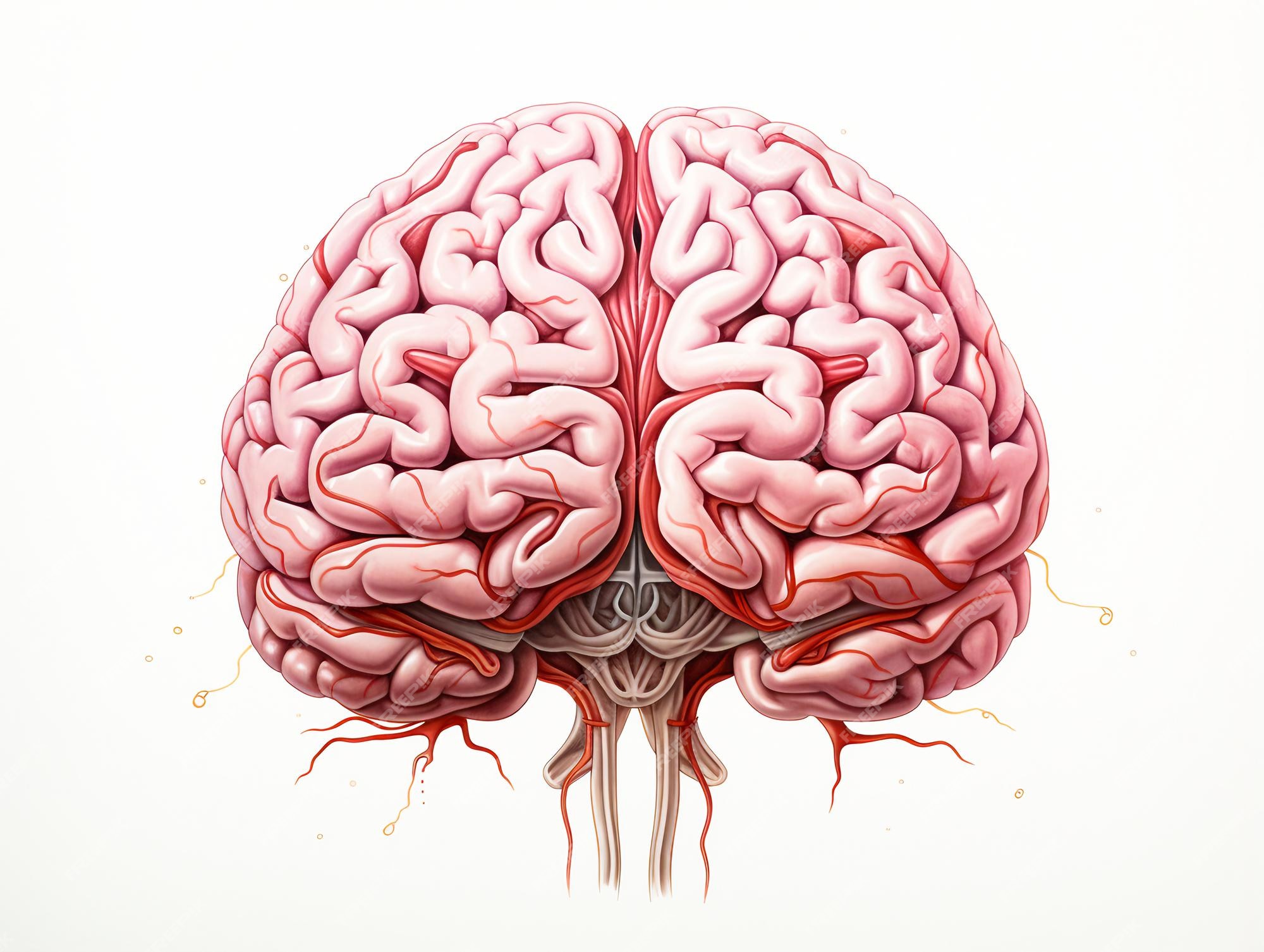In recent years, the convergence of neuroscience and quantum physics has ignited a fervent debate among scientists, philosophers, and theorists aspiring to unravel the intricacies of consciousness and cognition. The provocative question arises: is the brain a type of quantum computer? This inquiry not only intrigues the academic community but challenges conventional perspectives on the operational efficiency of neural processes, begging us to reconsider the nature of information processing in biological systems amid the complex tapestry of quantum mechanics.
To navigate this discussion, it is essential to first elucidate the foundational principles of quantum computing. At its core, a quantum computer utilizes qubits, which can exist in multiple states simultaneously, facilitating parallelism and exponentially increasing computational power. This contrasts starkly with classical computers that rely on bits, which are confined to binary states: 0 or 1. The implications of this distinction are profound; quantum systems can manipulate vast datasets at unimaginable speeds, potentially leading us to new realms of problem-solving capacity.
As we explore the brain’s architecture, we discover its remarkable complexity. Comprising approximately 86 billion neurons connected by trillions of synapses, the human brain operates through a neural network that has evolved over eons. This network not only governs sensory perception, motor functions, and higher cognitive abilities but also plays a pivotal role in emotional processing and decision-making. The question arises: could the processes in this intricate network parallel the behaviors exhibited by quantum computers?
One striking piece of evidence posited in favor of the brain’s computational prowess is the phenomenon known as entanglement. In quantum mechanics, entangled particles resonate with one another regardless of their spatial separation, implying that they remain interconnected in ways that transcend classical understanding. Some researchers hypothesize that similar connectivity could manifest in neural communication, with neurons entangled through mechanisms not yet fully understood. Such non-local interactions could suggest a quantum-like processing capability embedded within the brain’s relational architecture.
Furthermore, the concept of superposition captures the essence of cognitive diversity and simultaneous mental states. In a quantum computer, multiple possibilities coexist until a measurement collapses the wave function into a definitive state. Analogously, the myriad thoughts and concepts that inhabit our minds during a single moment can be seen as a form of mental superposition. The brain may not operate as a quantum computer in the strict sense; however, this analogy raises tantalizing questions regarding the nature of decision-making and consciousness. If our thoughts exist in a quasi-superpositional state, how does the brain ultimately ‘choose’ one over another?
An alternative perspective centers on the role of quantum coherence in biological systems. Coherence, in quantum terms, refers to the ability of particles to maintain a synchronized state. This phenomenon has been identified in photosynthetic processes within plants and avian navigation, suggesting that quantum effects may manifest biologically. Could it then be plausible that the human brain also benefits from quantum coherence, aiding in the efficient transfer of information and decision-making? If so, does this imply that our cognitive abilities are finely tuned by principles found at the quantum level?
However, the discussion is not without its challenges and objections. Critics assert that the brain’s warm, wet, and noisy environment is not conducive to the delicate states required for quantum computations. Quantum coherence typically occurs at temperatures near absolute zero; thus, the argument that the brain functions as a quantum computer becomes contentious when considering its biological constraints. Furthermore, quantum decoherence—where the system loses its quantum properties due to environmental interactions—could disrupt any potential quantum computations occurring within neural structures. As such, the reliability of quantum effects in the brain remains a conundrum.
To deepen this exploration, one must grapple with the implications of the brain operating as a quantum system. If cognitive processes are influenced by quantum mechanics, what does that mean for our understanding of free will and consciousness? A quantum framework could imply a level of unpredictability in thought processes, rendering traditional models of determinism obsolete. Are human decisions formulated through deterministic pathways, or do they possess an element of quantum randomness that enriches our experiential reality?
Additionally, if the brain were to exhibit quantum computational characteristics, it could revolutionize artificial intelligence and machine learning paradigms. An understanding of how biological systems leverage quantum mechanics might inspire advanced algorithms mimicking these processes. The frontier of AI research could benefit significantly from integrating insights derived from neurophysics, presenting opportunities to create machines that can learn, adapt, and evolve in ways akin to human cognitive functioning.
In conclusion, the investigation into whether the brain operates as a type of quantum computer raises profound questions not only within neuroscience and physics but also across the broader landscape of philosophy and cognitive science. While the evidence supporting such a hypothesis is intriguing, it simultaneously invites skepticism and necessitates further empirical studies. As we delve deeper into the enigmatic intersections of quantum mechanics and neurobiological systems, we are reminded of the complexities that inform our understanding of consciousness itself. Dare we embrace the notion that our brains might be sophisticated instruments of quantum information processing, or does the empirical foundation remain insufficient to substantiate such an assertion? The journey into this fascinating theoretical inquiry continues, beckoning researchers to uncover the elusive truths hidden within the brain’s labyrinthine structure.










